The reciprocal tax rate for Vietnamese goods imported into the US was announced by the White House on August 1, according to the Decree of President Donald Trump, reducing it from 46% to 20%. This Decree will officially take effect from August 7, however, if it is a transit goods, fraudulent origin of Vietnamese goods exported to the US will still be subject to a reciprocal tax rate of up to 40%.
Many industries lose competitive advantage
With a 20% reciprocal tax rate for Vietnamese goods entering the US, it is currently higher than the 19% rate applied to some countries in the ASEAN region such as Indonesia, Malaysia, the Philippines, Thailand and Cambodia. These countries are currently competitors with Vietnam in exporting key products such as electronics, textiles, footwear, wooden furniture, seafood, etc. The higher reciprocal tax rate of the US for Vietnam leads to the possibility of reducing the competitiveness of exported goods, the risk of partners canceling or lacking orders, causing difficulties for production and ensuring jobs for many businesses.
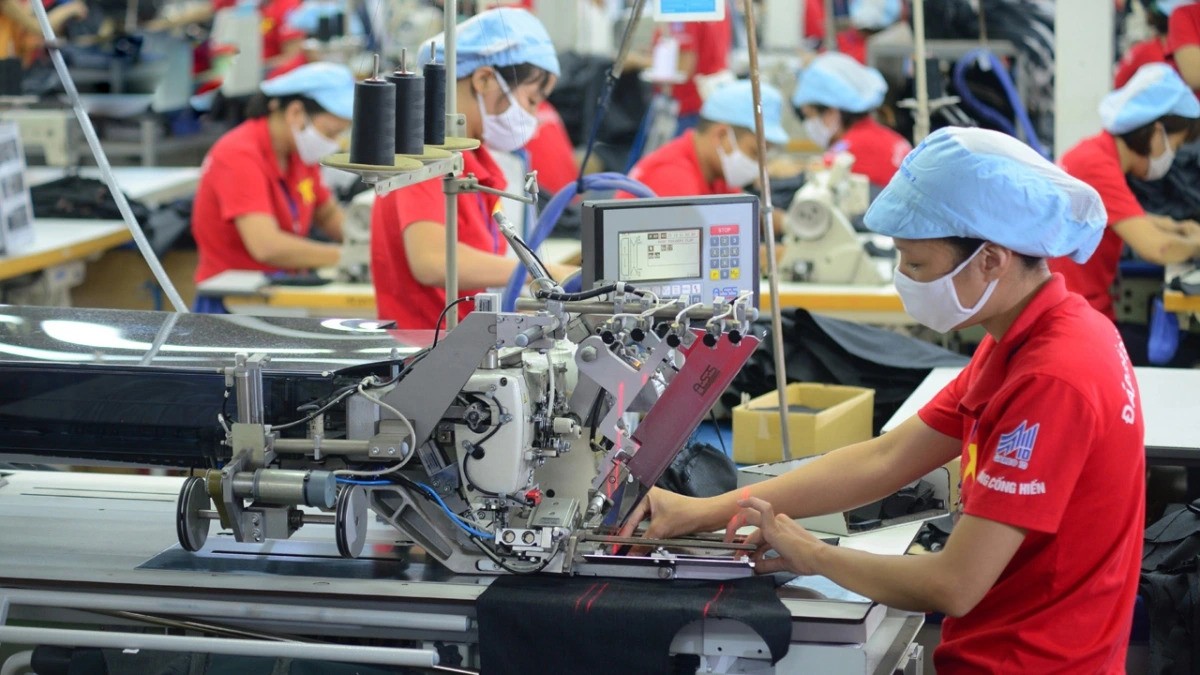
Realizing that after President Donald Trump's Tax Decree was issued, no major textile and garment exporting country enjoyed a good tax rate at the base rate of 10%, Mr. Hoang Manh Cam, Deputy Chief of Office of the Board of Directors of Vietnam Textile and Garment Group (Vinatex), commented that it is very likely that in the near future, textile and garment demand in the US market will decrease due to price increases.
Especially in the last months of 2025, when many brands increased imports in the first half of the year to take advantage of the 90-day period of applying the 10% base tax. In addition, not only textiles, but also many other products are at risk of price increases due to increased taxes, leading to the impact on American consumer spending.
“For Vietnam’s textiles and garments, although there is no specific tariff applied to each textile and garment product line, it can be seen that the aviation industry has a tax advantage according to this new announcement. With a reciprocal tax rate of 20%, Vietnam’s textiles and garments will be higher than Turkey (at 15%), Cambodia and Indonesia (both at 19%) and equal to its direct competitor Bangladesh (at 20%) and lower than India (at 25%),” said Mr. Cam.
It is worth noting, according to Mr. Cam, that in the African region - which is considered the "stronghold" of cheap textile and garment manufacturing, this time there are some countries that enjoy a reciprocal tax rate of only 10% - 15%, which is much lower than Vietnam. Therefore, although the production capacity and market share of African countries are still limited, the possibility of partners shifting some orders from countries with higher taxes is possible, increasing the risk for Vietnamese textiles.
“Businesses will need a little more time for this new tariff to officially have a practical impact on imported goods into the US after August 7. Regarding the tax regulations on transit goods, the US will still apply them to all countries, not just Vietnam. However, the calculation method and specific application threshold have not been announced in the White House documents, so more detailed guidance from the competent authority is still needed,” Mr. Cam noted.

Changing the export model
According to experts, the 20% reciprocal tax on goods imported into the US has put the Vietnamese economy in front of a big challenge. This is a strategic turning point forcing Vietnam to quickly change its export model; abandon its competitive advantage based on low prices, and move towards building a quality-oriented, transparent economy that meets strict global standards. At the same time, it is a warning about the increase of non-tariff barriers, especially in the field of technical standards and origin of goods.
Associate Professor Dr. Ngo Tri Long - economic expert said that the US is currently Vietnam's largest export market, so maintaining this market is always vital. In the context of increasing global strategic competition, reciprocal tariffs are not only a pressure, but also an opportunity for Vietnam to affirm its ability to adapt, upgrade the national value chain and transform the sustainable growth model, an opportunity for Vietnam to affirm its role as a responsible trade partner, ready to reform to integrate more deeply into the global value chain.
In the face of the new reciprocal tariff schedule, Associate Professor Dr. Ngo Tri Long recommends that export enterprises urgently review the entire product list and deeply analyze the level of impact. On that basis, promptly adjust the product structure, diversify the list, prioritize highly competitive products, high added value and less affected by tariffs. What is more necessary is that enterprises need to proactively renegotiate contracts with import partners, negotiate in a substantive manner to adjust prices, share costs arising from tariffs, and avoid disruption or sharp reduction of orders.
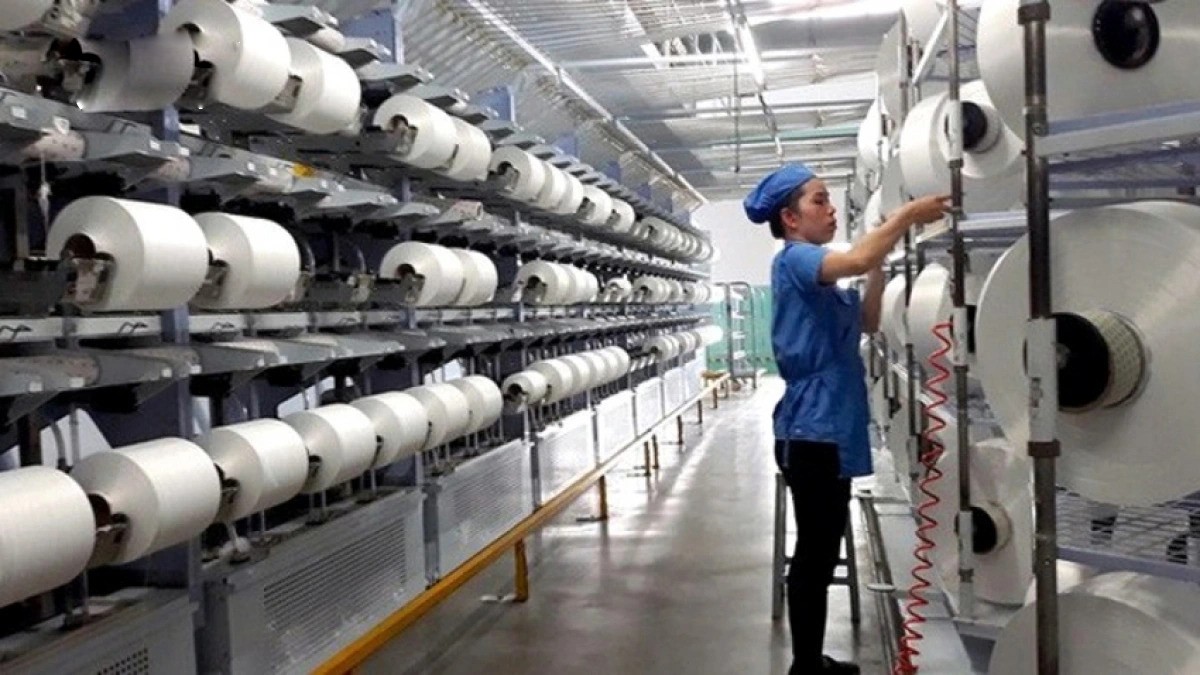
“Enterprises need to pay special attention to strengthening the control of product quality, clarifying the origin, strictly complying with regulations on product origin (CO), and clearly tracing the origin. For high-risk industries such as textiles, wood processing and agricultural products, strict compliance with international regulations is a prerequisite to maintain trust and position in the US market,” Associate Professor, Dr. Ngo Tri Long suggested.
In the long term, this expert believes that businesses need to quickly take advantage of opportunities from new generation FTAs such as EVFTA and CPTPP to expand export markets to Europe, Japan, and South Korea. These are markets with rich potential, more stable policies and less fluctuation in tariffs, which can help Vietnamese businesses reduce the pressure of dependence on a single market.
To meet the above conditions, enterprises have no choice but to promote technological innovation and self-sufficiency in raw materials, increasing the localization rate to over 50% in key industries. Enterprises focus on investing in green and clean supply chains, meeting ESG standards as well as promoting digital transformation in production and export, from traceability, data transparency to supply chain risk control...
According to information from the Ministry of Industry and Trade , in the coming time, the two sides will continue to discuss and implement the following tasks towards completing the agreement on reciprocal trade on the principles of openness, construction, equality, respect for independence, autonomy, political institutions, mutual benefit and consideration of each other's development level. At the same time, efforts will be made to promote stable economic, trade and investment relations, harmonizing interests, commensurate with the Vietnam - US Comprehensive Strategic Partnership.
Source: https://baolaocai.vn/doanh-nghiep-viet-can-thay-doi-mo-hinh-xuat-khau-khi-my-ap-thue-doi-ung-20-post878668.html






![[Photo] Cutting hills to make way for people to travel on route 14E that suffered landslides](https://vphoto.vietnam.vn/thumb/1200x675/vietnam/resource/IMAGE/2025/11/08/1762599969318_ndo_br_thiet-ke-chua-co-ten-2025-11-08t154639923-png.webp)

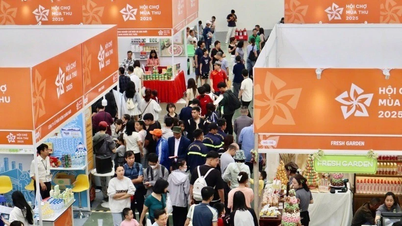


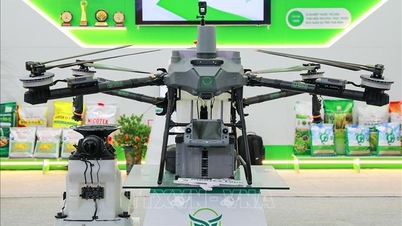
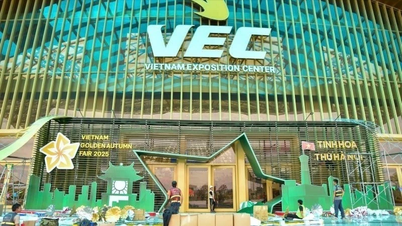
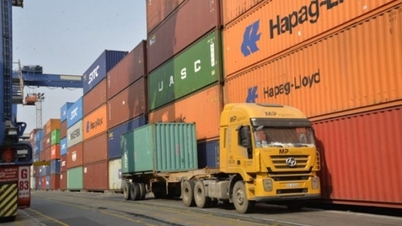

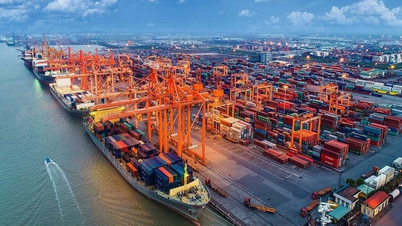

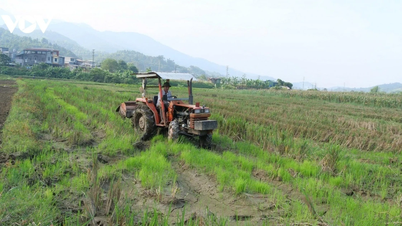




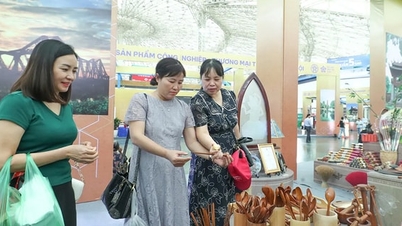

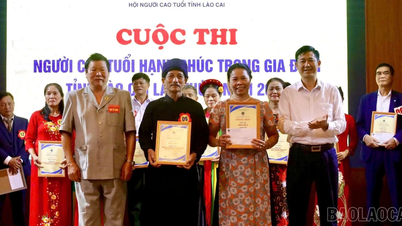






















![[Video] Hue Monuments reopen to welcome visitors](https://vphoto.vietnam.vn/thumb/402x226/vietnam/resource/IMAGE/2025/11/05/1762301089171_dung01-05-43-09still013-jpg.webp)





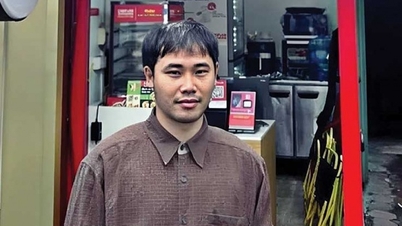


























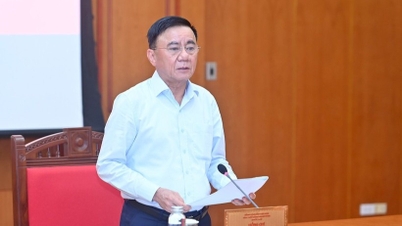



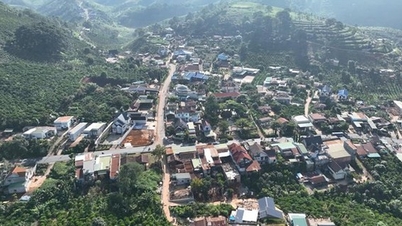













![Dong Nai OCOP transition: [Part 2] Opening new distribution channel](https://vphoto.vietnam.vn/thumb/402x226/vietnam/resource/IMAGE/2025/11/09/1762655780766_4613-anh-1_20240803100041-nongnghiep-154608.jpeg)













Comment (0)